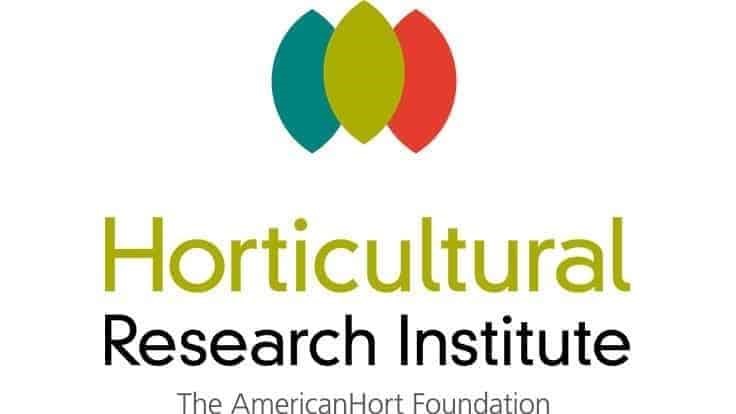
Horticultural Research Institute Marks 60 Years
In September 1962, a small group of forward-thinking nursery professionals established the Horticultural Research Institute (HRI) to provide funds that would support industry-driven, targeted research. Starting from a combined donation of $1,300 in the early 1960s to having supported a total of $9.5 million in research grants and scholarships by its 60th year, HRI continues to grow—and to grow the industry.
“It’s remarkable to imagine that 60 years ago, HRI was merely an idea. Today, that idea has grown into an incredible organization singularly focused on the research needs of the green industry,” says Alan Jones, current president of the Horticultural Research Institute and president of Manor View Farms in Monkton, MD. “Sixty years later, on the shoulders of those who started the work, HRI is a strong, thriving organization with hundreds of volunteers, thousands of donors, and millions of dollars invested in research.”
The roots of the organization actually go back to the early 1950s, when the American Association of Nurserymen Board of Directors proposed a program to solicit financial contributions to support industry research. That early attempt laid the foundation, but it wasn’t until a few years later that the AAN Board formally established HRI as an organization separate from, but related to, AAN.
Beginning in those early days in the 1960s, through AAN’s change to the American Nursery and Landscape Association, and then AmericanHort, the Horticultural Research Institute has been committed to prioritizing and funding research that addresses specific problems and challenges identified by industry professionals.
Where do those funds come from? The money is contributed by industry stakeholders—growers, landscapers, garden center retailers, and other green industry professionals—through endowments they’ve established with HRI. “This is a grassroots organization,” explains Harvey Cotten, HRI’s Ad-Hoc Development Committee Chair. “All the money has come from industry; it has been individuals or companies who have seen the wisdom in trying to solve our own problems.”
All funds are invested, and so the money continues to accrue interest over the years; the fund draws dividends, which then can be used to fund further research. “I’ve often said that you’re not giving to HRI, this is not a charitable contribution in the sense that we make a contribution to our church or even to feed the homeless,” Cotten adds. “This is actually an investment that is going to pay you back in dividends, i.e. problem solving, so that it isn’t just a gift. And this research is what will make one profitable in one’s own business.”
Dale Deppe, president of Spring Meadow Nursery and member of HRI’s Investment Committee, puts it this way: “HRI does things that we can’t do for ourselves. You’re better together than you are as an individual nursery or greenhouse person. Because you can’t do the research, you can’t fund it at the level that HRI does.”
It’s an investment in finding research solutions to your specific challenge. But it’s also an investment in the future of the industry.
Looking ahead, HRI has identified four Strategic Focus Areas that serve as a guide for further prioritizing funding of research programs. To consider and identify the broad spectrum of interests within the greater green industry, HRI convened a large panel of stakeholders, each representing unique businesses and industry segments.
“We came together with 50 different stakeholders, representing the whole industry and every segment of it to talk about what we see going into the future: What are the research priorities that we need to look at, and how would we then prioritize the type of research projects that we want addressed? And that’s where the four areas of strategic focus came about,” says Cotten.
The first area is “Quantifying Plant Benefits.” The ultimate target is the consumer—those who purchase plants and plant-related services—and the aim is help them to fully understand and appreciate plants’ value. But in order to do that, Cotten explains, “We need to get our people, whether that’s the greenhouse side, the landscape side, or the retail side, the ammunition they need to show the benefits of plants as more than just being something pretty. Whether that’s ecosystem services, pollinator appeal, pollution, erosion, all of these things—including climate change.”
Research that highlights the quantitative value of plants—what, specifically, do plants do for me? what do plants do for the environment?—will provide green industry professionals the information that will help sell those plants, and help grow and sustain the industry.
The second area is “Creating Innovative Solutions.” A prime example of a continuing challenge, for all segments of the industry, is labor. “When we looked at ‘creating innovative solutions,’ labor continues to be our biggest problem,” Cotten says. “So how do we, instead of just saying, ‘fix labor,’ determine which innovative solutions will reduce the need for additional labor?”
Is mechanization the answer? Are efficiency studies called for? Funding the most appropriate targeted, specific, dedicated research will help to answer these questions and find innovative, useful, applicable solutions.
The third area is “Gathering Consumer Insights.” Growers excel at propagating, hybridizing, and, well, growing plants. Landscape professionals are expert at designing and installing built environments that showcase those plants. And garden center retailers are generally that all-important point of contact between the buyer and the producer.
Cotten says of the stakeholders’ considerations, “‘Gathering consumer insights’ truly was looking at the buying public and marketing of our plants, which we had never done.” Listening to the end user, assessing the home gardener’s wants and needs, working with professional customers and clients to determine what they’re looking for: All this is necessary to provide the best, most valuable, most saleable goods and services.
The final Strategic Focus Area identified by HRI’s panel of industry professionals is “Producing Practical and Actionable Solutions.” Ideally, it’s the goal of all research funded by HRI grants. Research for the sake of research is laudable, admirable, necessary. But what professionals in the green industry need from HRI-funded research—the research into which they’ve invested their dollars—is information and strategies they can put to use to solve the problems they’ve identified.
“Producing practical and actionable solutions,” Cotten explains, “is that easily defined” category into which very specific challenges fall. It’s where producers get the answers for their unique problems: “There’s crape myrtle bark scale; how do we solve it?” Cotton says. “Or there’s spotted lantern fly coming up, or boxwood tree moth. We wanted to have an area of focus that those types of problems would fit very nicely into.”
As the country appears to be emerging from the restrictive grip of a global pandemic, studies have determined that lockdowns, career changes, working at home, and other factors contributed to an extraordinary growth in the number of new gardeners: 16 to 18 million are estimated to have entered the market. Reaching out to them, educating them, maintaining them as good customers, producing the best quality and most desired plants—it’s all quite a challenge. But HRI has already provided funding support for research that will lead them, and the industry, into the future.


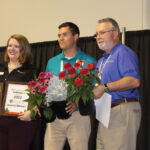
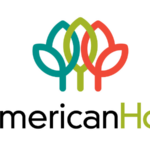


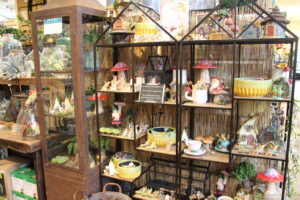
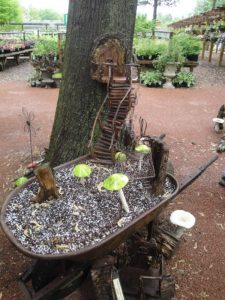
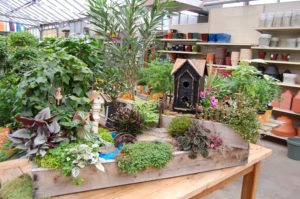


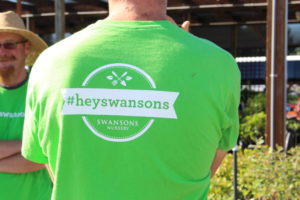

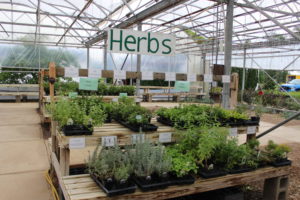
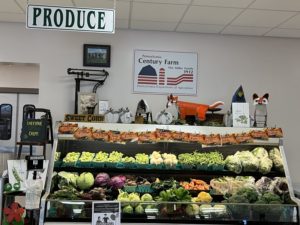

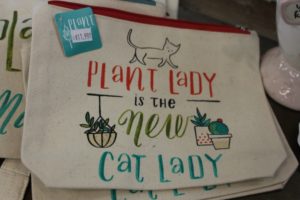

 Videos
Videos





